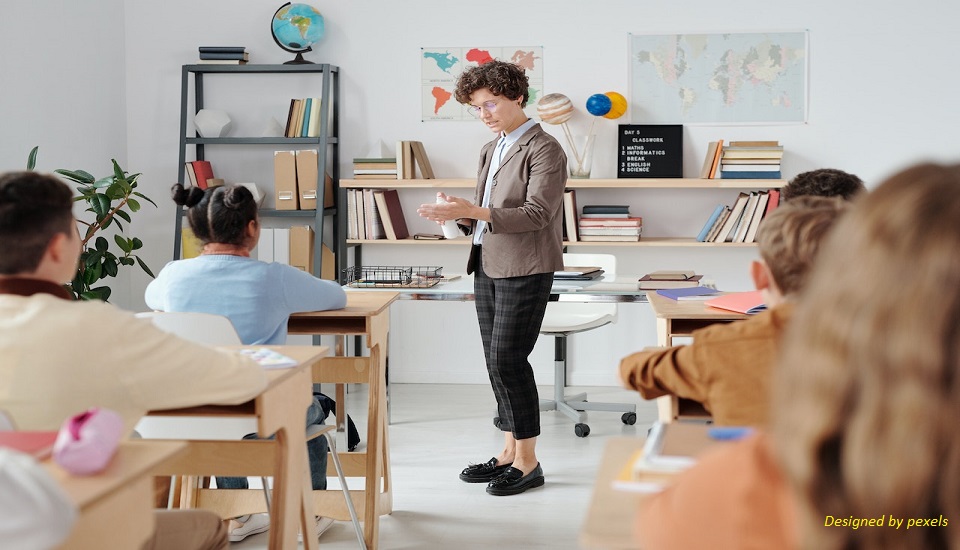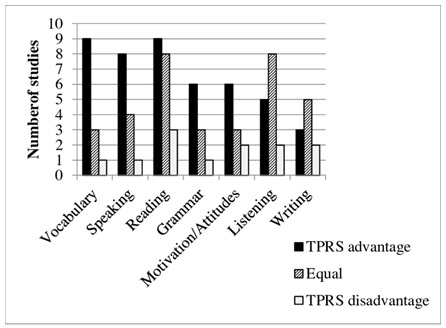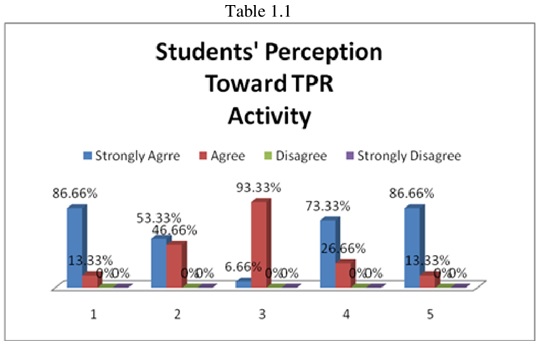TPR Charts: 5 Fantabulous Ways To Use TPR In A Classroom
5th January 2023

Total Physical Response, better known as the TPR teaching technique, is an English teaching approach developed by Dr. James Asher in the late 1960s. It is developed with the goal of helping new learners acquire a second language.
Teachers all around the world have been using the technique both in live and virtual classrooms. So what exactly is the TPR, and why is it so essential in your teaching? Read on to learn more.
What Is TPR Response In English?
Total Physical Response is based on the principles of the way children learn their mother tongue. When learners learn their native language, they don't just listen to the words but also pay attention to the body language of the parents to find out the meaning of the words. When they learn their native language, they normally respond with actions first, unless they know the correct words and learn to speak.
While the children are still learning to speak, they are still taking the language in and grasping the words spoken. Eventually, when they learn the language and figure out each word individually, they can start to reproduce it. TPR aims to mimic the same effect within a classroom while teaching English as a second language to the learners.
Ways To Use TPR While Teaching English In A Classroom
TPR is also known as the Listen-Then-Do-Approach and is extremely beneficial while teaching grammar and vocabulary to language learners. From teaching phonics to nouns and verbs, here are some activities and games you can adapt to your teaching environments.

Source: www.researchgate.net
1. Simon Says
This is one of the most common TPR games that allows teachers to use more complex or even simpler commands depending on the ability of the student. This game exists in several other languages, and teachers might adapt the English version to French (Jacques Says) or Turkish (Jacob Says), and it includes instructions related to clothes animals, etc.
This game is typically played in the manner when the teacher says “Simon says” and follows it up with an instruction for the students to mimic. The students should not do the task if the teacher omits “Simon says”. This game is best played as a warmer to get the wiggles out so that the class becomes more comfortable.
2. Scavenger Hunt
This can be another great way to build knowledge in students. Using the TPR method teachers can instruct students to hunt for something wooden, round, yellow, etc. Learners can find these certain objects and draw a picture of the objects they have discovered.
This will boost their memorization skills and help the objects register in their minds so that the next time they come across a particular object, they can easily recollect the words.
3. Charades
This activity is best suited for teaching sports vocabulary and action verbs. Teachers can use flashcards or role-play to introduce these words. With the help of TPR students will be able to repeat the movement done by the teachers while pronouncing these words.
By doing this activity students can retain this vocabulary and use them whenever the need occurs. Undoubtedly, students will have a lot of fun while learning new words, phrases, and actions. Additionally, they can also form their own questions and ask about the actions.
4. Pronunciation
TPR technique can also be used to model proper pronunciation. Not only is it effective to teach phonetics but also command words. Teachers can enact the words and show the learners what they can do with their mouths to produce a sound. They can also demonstrate the usage of the tongue and lips to produce a certain sound.

Source: www.semanticscholar.org
With the TPR technique, students will be encouraged to touch their throats and produce vibrations with voiced sounds. Moreover, they can also practice the aspiration technique to produce words containing an aspirated sound like (/k/, /p/, /t/, /ch/ etc).
5. TPR Storytelling
This is helpful for teachers when they want to teach new vocabulary to the students. Since the teachers are very creative and emotive while being a storyteller students learn these new phrases just by watching the teacher and repeating the catchy phrases and words using the same motions.
This allows the students to develop fluency as these stories are easy and simple to remember. Moreover, the words used in these stories are in a meaningful context. Furthermore, they can mime the words, memorize vocabulary through actions and respond to your commands.
The Final Takeaway
Total Physical Response (TPR) is extremely effective and beneficial when you are trying to teach English as a second language to beginners. Integrating TPR will allow you to develop confidence as the learners will be more involved in the language. To learn more about how to deal with learners of other languages consider pursuing a 280 hrs. International TEFL Advanced Diploma and develop their learning instinct naturally.
Leave a comment!